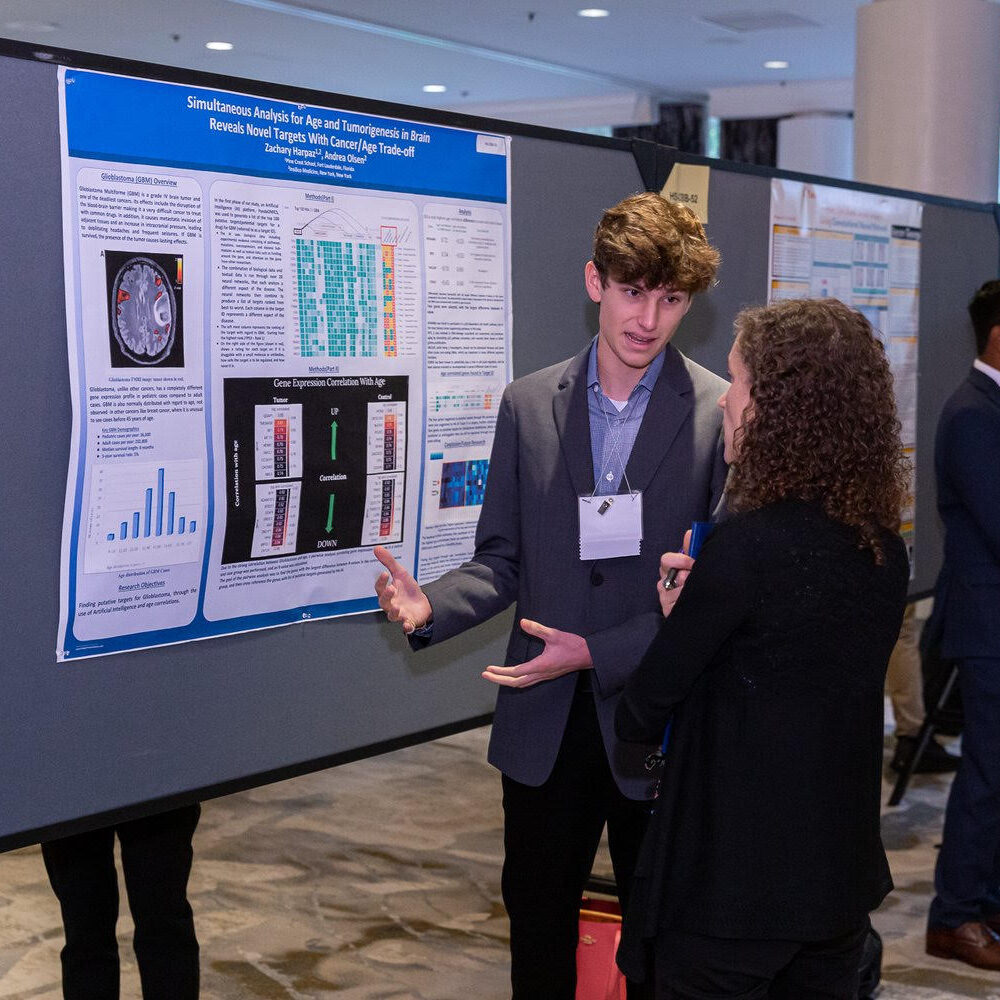In a new editorial, researchers discuss the impact of frailty on clinical decision-making in managing patients with atrial fibrillation and the prescription of oral anticoagulants.
Atrial fibrillation (AF) is a type of heart arrhythmia that occurs when the heart’s electrical signals become irregular. This condition can increase the risk of stroke and heart failure, and becomes more common in older adults. Frailty is another condition that coincides with aging. Frailty encompasses an accumulation of deficits and can be defined as decreased physical function and resilience. For a significant proportion of the elderly population, both of these conditions coexist. This convergence can lead to additional health issues and further complicate the clinical landscape for aging individuals.
“The impact of frailty on outcomes has not been previously well characterized in populations with AF.”
Studies on frailty and its overall impact on patients with AF are needed. In a new editorial paper, researchers Stephanie L. Harrison, Søren P. Johnsen and Gregory Y.H. Lip from Liverpool John Moores University and Liverpool Heart and Chest Hospital discuss some of the existing studies assessing frailty and AF in terms of patient outcomes and clinical decision-making. The researchers also discuss recommendations for clinical management of AF and frailty patients and include suggestions for future studies. On July 19, 2023, their editorial was published in Aging’s Volume 15, Issue 14, entitled, “The impact of frailty on the management of atrial fibrillation.”
Oral Anticoagulants for AF With Frailty: Yay or Nay?
Oral anticoagulants (OACs) are often prescribed to AF patients, as OACs aid in reducing blood clots and the risk of stroke. However, frailty patients are more susceptible to falls and therefore, more susceptible to bleeding risk. The prevention of blood clots is less than ideal for wound healing and can lead to impaired tissue repair, increased risk of infection and prolonged recovery times. Has frailty status impacted clinical decision-making when it comes to the prescription of OACs for AF patients?
“The impact of frailty on clinical decision making for managing patients with AF such as the prescription of oral anticoagulants (OACs) is unclear.”
In an effort to begin answering this question, the authors of this editorial reviewed a number of studies on frailty and AF. Some cross-sectional analyses revealed a significant association between frailty status and the prescription of OACs, while other studies found no such association. The authors explain that these dueling results may be due to differences in study populations, the tools/methods used to assess frailty and the timing of when the studies were conducted. The prescription of anticoagulants increased when a new class of OACs was introduced to the market.
Non-vitamin K antagonist oral anticoagulants (NOACs) were first introduced in the early 2010s. They are a class of drugs with significant advantages over traditional OACs, including less off-target effects, more predictable pharmacokinetics and a more targeted mechanism of action — making them a safer option for use in combination with other drugs. Notably, certain NOACs have specific reversal agents available, which can be used to rapidly reverse their anticoagulant effect in case of emergency. International guidelines recommended their use as a first-line treatment to reduce the risk of stroke in AF patients.
“Frailty alone should not be reason to withhold oral anticoagulation in patients with AF. In patients with frailty, the benefits of oral anticoagulation outweigh the small absolute risk of bleeding [6].”
Conclusions & Future Directions
The authors close the editorial by stating that additional research is needed to understand how frailty impacts clinical decision-making for the management of atrial fibrillation. They strongly suggest that frailty not be the sole reason AF patients are not prescribed potentially life-saving oral anticoagulants. There are more sensitive options available today, such as NOACs, that can potentially mitigate the drawbacks of anticoagulants for people with frailty. The authors also emphasize that pre-frailty assessments should be conducted for AF patients in order to reduce treatment risk and optimize the management of this condition.
“Assessment of pre-frailty in patients with AF and the development of strategies to address potentially modifiable components of pre-frailty to reduce the risk of frailty progression could have important implications to optimize care.”
Click here to read the full editorial published in Aging.
—
Aging is an open-access, peer-reviewed journal that has been publishing high-impact papers in all fields of aging research since 2009. These papers are available to readers (at no cost and free of subscription barriers) in bi-monthly issues at Aging-US.com.
Click here to subscribe to Aging publication updates.
For media inquiries, please contact [email protected].






